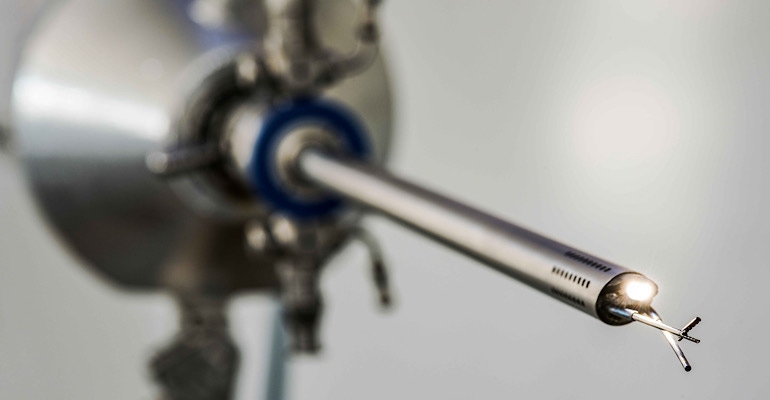Creating a 4th Lane on the Surgical Robotics Highway
Virtuoso Surgical is going for a “different” segment in surgical robotics than other established players in the space.
September 18, 2022

The surgical robotics landscape is much different from what it was ten years ago. There are more competitors and segments are multiplying in the rapidly growing space.
The surgical robotics market was valued at $3.6 billion in 2021 and is expected to expand at a (CAGR) of 19.3% from 2022 to 2030, according to a report from Grand View Research.
While it might be a bit daunting to carve out a strong place in the space, Virtuoso Surgical, a surgical robotics maker, said it stands out from other competitors and is creating a “4th lane on the surgical robotics highway.”
To support its mission and to develop its technology the Nashville, TN-based company announced that its $20 million stock offering has been qualified by the Securities and Exchange Commission and is open for investment.
“The interesting thing about what we’re doing is that we’re going after a completely un-roboticized segment of surgery,” Duke Herrell, Co-founder, Interim CEO, and CMO of Virtuoso Surgical, told MD+DI. “We’re not competing with Intuitive [Surgical] or any of their territory. The way I look at robotics is that there are four lanes, which have to deal with the approaches. There’s multi-port laparoscopy, which is what the original da vinci and some of the systems that are out there in the world now, are competing in. There’s single port, which da Vinci has the Sp and there are a bunch of other companies like Titan and Vicarious and other people are trying to compete. Then there’s flexible, [a space] where [Johnson & Johnson] and [its] Auris [unit occupy]. But there is to our knowledge, no one else in this space of rigid endoscopy."
He added, “I think that has to do with the fact that in order to improve rigid endoscopy we need to be able to retract, expose, and move again with dexterity at an incredibly small size.”
The Virtuoso Surgical system has demonstrated feasibility in animal, cadaver, and tissue model studies in surgeries for bladder cancer, uterine fibroids (among other intrauterine procedures), enlarged prostate (benign prostatic hyperplasia - BPH), central airway obstruction removal, and endoscopic neurosurgery.
The system features a pair of instrument delivery arms made of concentric nitinol tools that mimic a surgeon’s hands to offer unprecedented control and dexterity to a full range of endoscopic applications. The system’s technology was developed by Virtuoso’s founders at Johns Hopkins University and Vanderbilt University with funding from the National Science Foundation and the National Institutes of Health.
“Concentric tube robots are small nitinol tubes that are heat set into curves,” Herrell said. “Then if you put a smaller tube inside a larger tube and you translate and rotate the two tubes in relation to each other and the other over tubes can be straightened or curved as well, you get these tentacle-like interactions. Our current arms or tools are one 1 millimeter.”
The funding will help take the company’s technology to the next level.
Herrell said Virtuoso hopes to complete the design of our system by the end of this year and to conduct final testing of the system in 2023. He noted that the capital raised through the offering of common stock would propel the system through final design, testing, and FDA approval.
About the Author(s)
You May Also Like




.png?width=300&auto=webp&quality=80&disable=upscale)